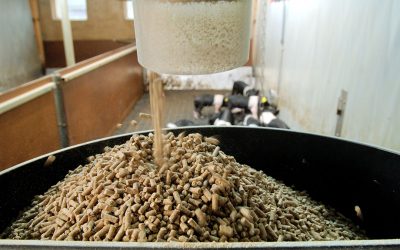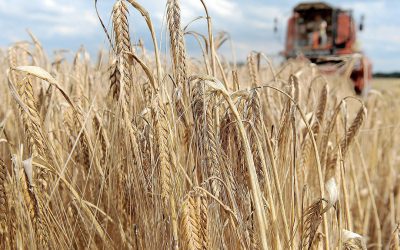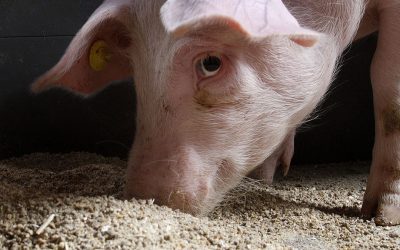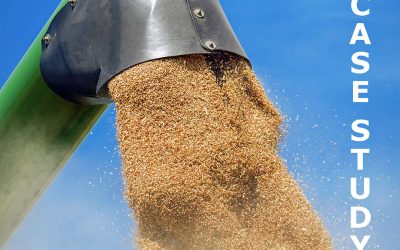BSE case in B.C. likely came from feed
The Canada Food Inspection Agency says a B.C. feed manufacturer is the most likely source of the country’s 13th case of mad cow disease.
recent cases of BSE and all 12 previous cases likely came “through incidents of
accidental cross-contamination, which may occur in the complex feed and
manufacturing system.”
Because the incubation period is four to six
years, officials belief the animal was contaminated as a calf. The food source
was narrowed down to an unnamed food supplier of heifer ration that also
manufactured food for other, non-ruminant animals that contained material
prohibited from cattle, sheep and goat feed.
Two other unnamed feed
manufacturers where prohibited material was handled were also mentioned in the
report as potential areas for cross-contamination. The report said the feed did
not contained banned protein on purpose, but may have been contaminated by
equipment used to process non-ruminant feed. “Bulk ingredient receiving and
finished feed conveyances were cross-utilized,” the report said.
The
agency said a total of 207 other animals connected to the diseased cow either
have been or will be destroyed. “The detection of this case does not change any
of Canada’s BSE risk parameters,” the report concluded. “The location and age of
the animal are consistent with previous cases.”
Join 26,000+ subscribers
Subscribe to our newsletter to stay updated about all the need-to-know content in the feed sector, three times a week. Beheer
Beheer









 WP Admin
WP Admin  Bewerk bericht
Bewerk bericht